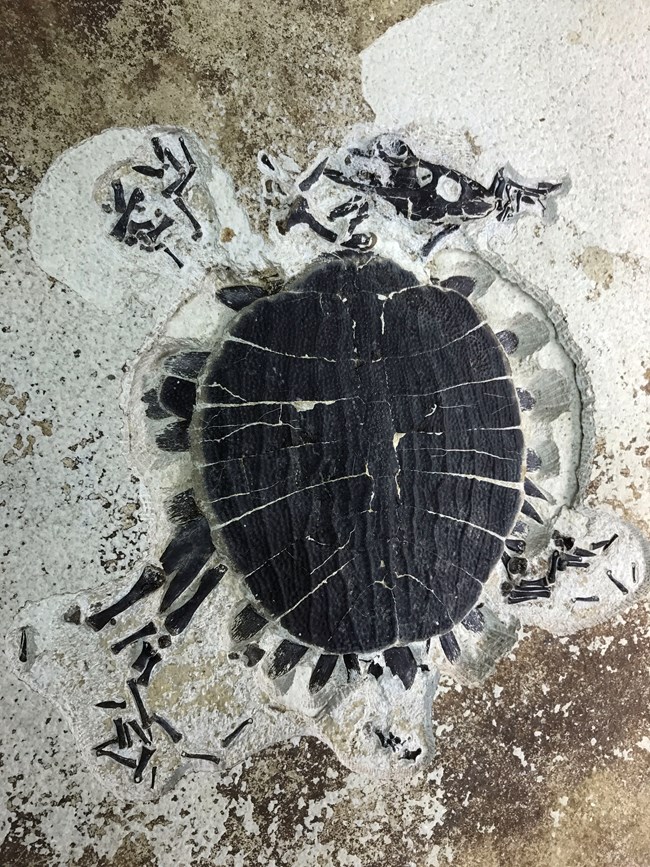
NPS Photo While Fossil Lake was a freshwater lake, there was a layer of low-oxygen saltwater at the bottom. The lack of oxygen and saltwater kept the freshwater fishes, crocodilians, and turtles from scavenging upon animals that sank to the bottom of the lake after death. A microbial mat, that included photosynthesizing cyanobacteria, grew on the lake bottom. When dead animals drifted down onto the mat, it would quickly grow over the organism to reach sunlight once again. Doing so would hold the animals in place, preventing them from breaking apart and floating as gases developed during decomposition. The freshwater was rich in calcium and carbonate ions. When storms stirred the water, carbon dioxide was released causing the ions to combine into calcite particles. This precipitate fell like snow, covering the lake bottom in a thin layer that would eventually become limestone. The microbial mat would grow through this sediment creating another paper-thin layer. This process repeated thousands of times creating the beds containing the fossils. Over the years, these layers slowly compacted, flattening the organisms. The soluble organic material was carried away by groundwater, leaving the less-soluble carbon which stained the bones and scales the variety of browns we see in the fossils today. Due to these environmental conditions, animals that were once living in and around Fossil Lake were often preserved fully articulated (intact). Although most of the fossils collected from the Green River Formation (GRF) are fishes, many other organisms have been found including crocodilians, lizards, snakes, birds, bats, small horses, amphibians, gastropods, crustaceans, and insects. The astounding biodiversity preserved in the rock record makes Fossil Lake one of the better understood prehistoric ecosystems. Find out more information about the various fossil species of the Fossil Butte Member (FBM) and check out the fossil photo galleries below. Learn more about the geology of the GRF. 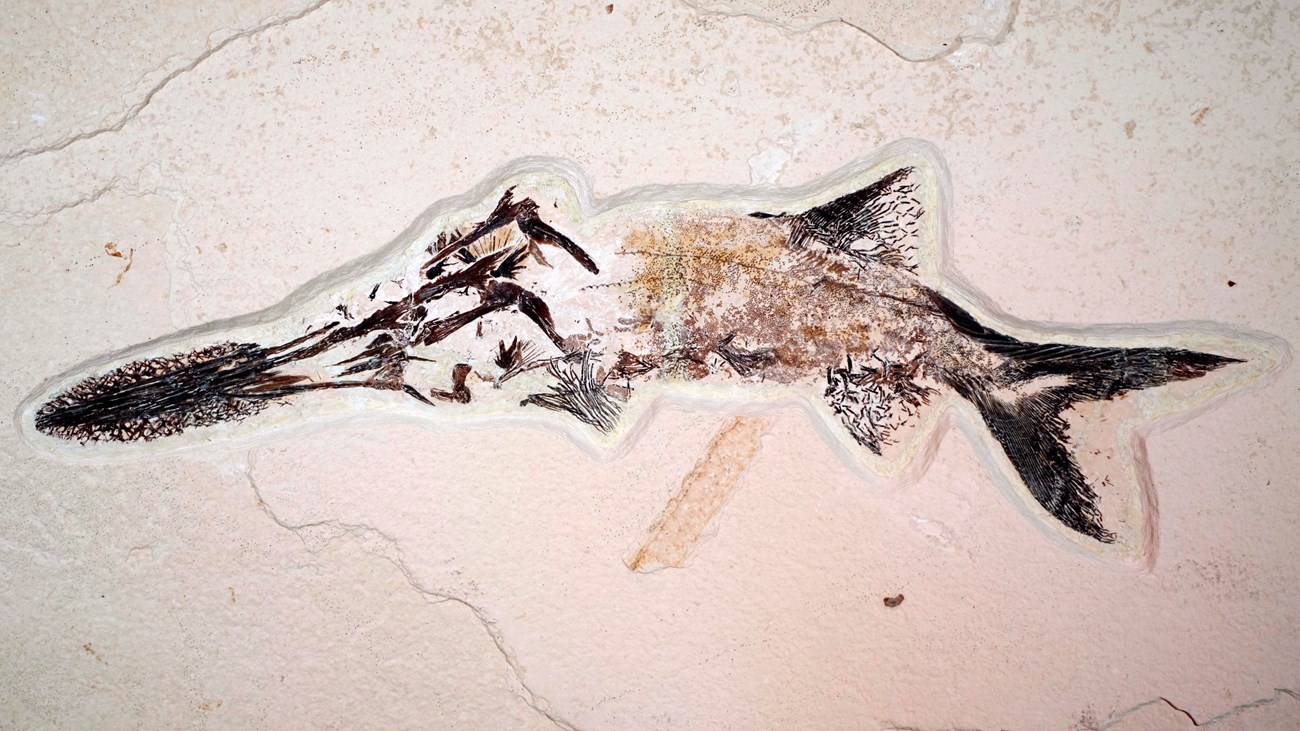
Fossil Fish Species
27 fish species have been identified from the Fossil Butte Member of the Green River Formation. 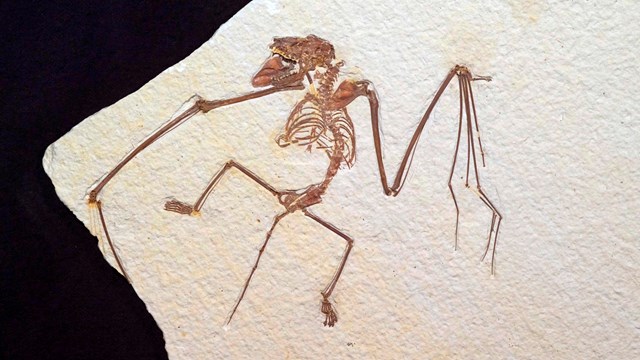
Fossil Mammal Species
10 mammal species have been identified from the Fossil Butte Member of the Green River Formation. 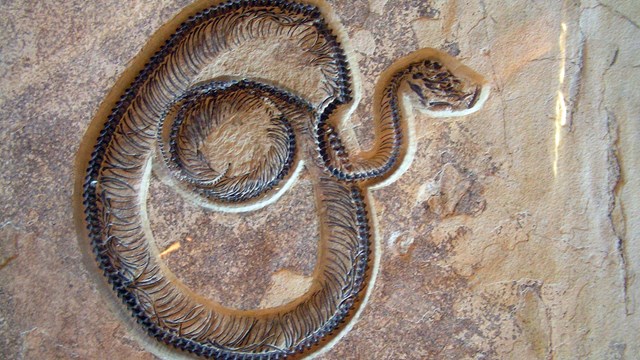
Fossil Reptile Species
The 15 species of reptiles identified from the Fossil Butte Member include turtles, lizards, and crocodilians. 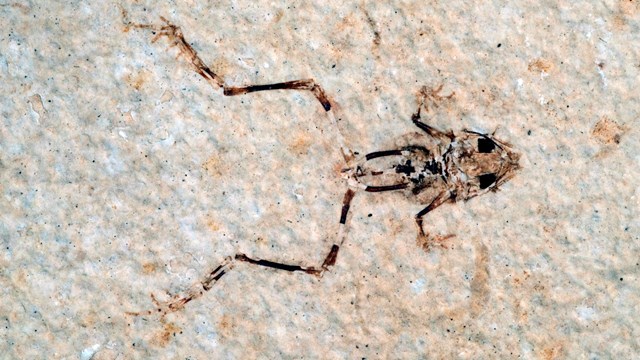
Fossil Amphibian Species
2 amphibian species have been identified from the Fossil Butte Member. 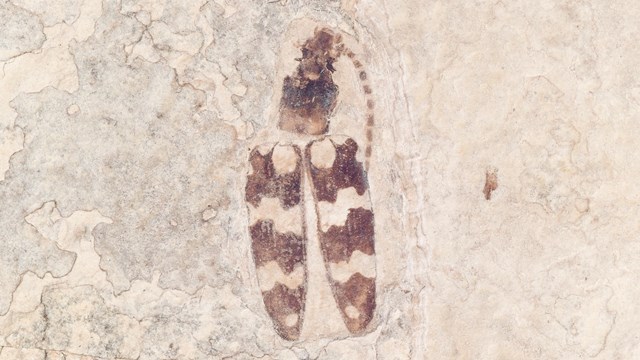
Fossil Arthropod Species
Several arthropod specimens have been identified from the Fossil Butte Member. 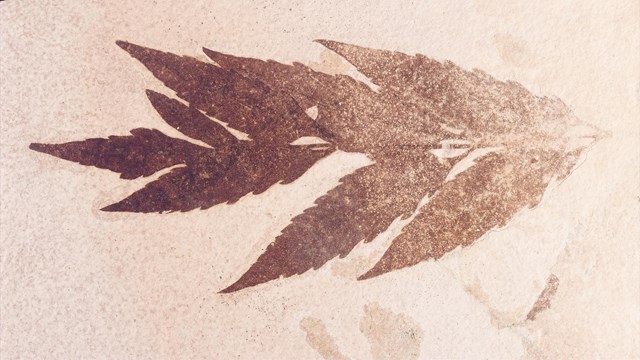
Fossil Plant Species
Over 400 plant specimens have been identified from the Fossil Butte Member. 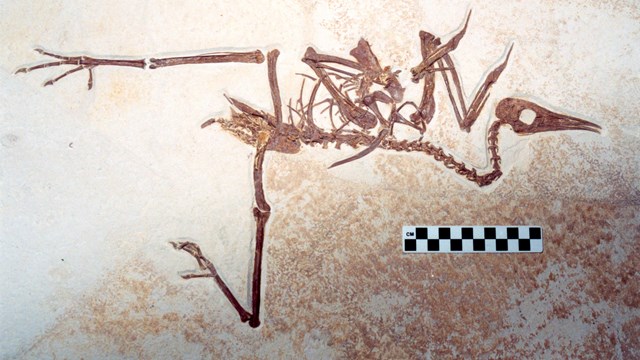
Fossil Bird Species
Over 30 species of birds have been identified from the Fossil Butte Member. 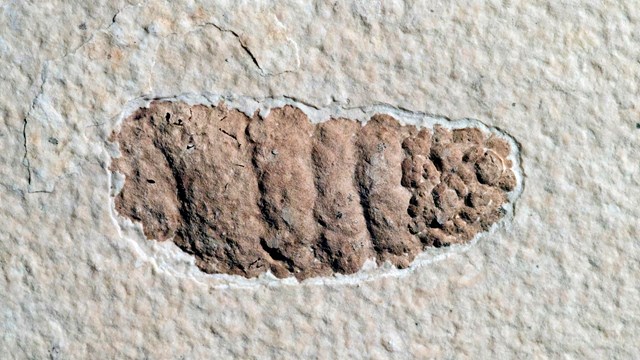
Coprolites
Coprolites, fossilized poops, come in a variety of shapes and sizes. Discover what we can learn from coprolites. If you want to view data from the fossils collected in the park's research quarry, visit our quarry data page. If you do not see recent data, check back as the page is updated periodically. |
Last updated: March 13, 2024
